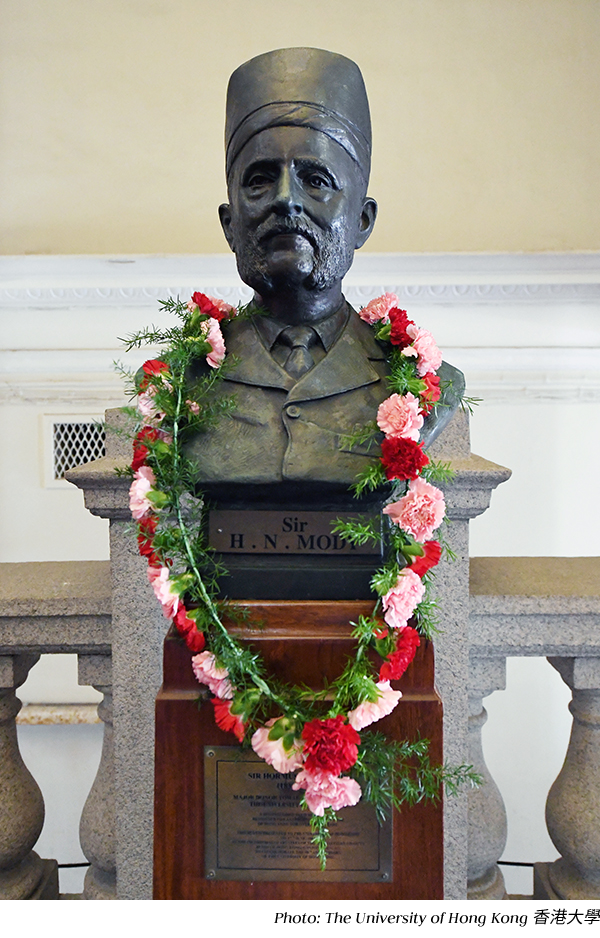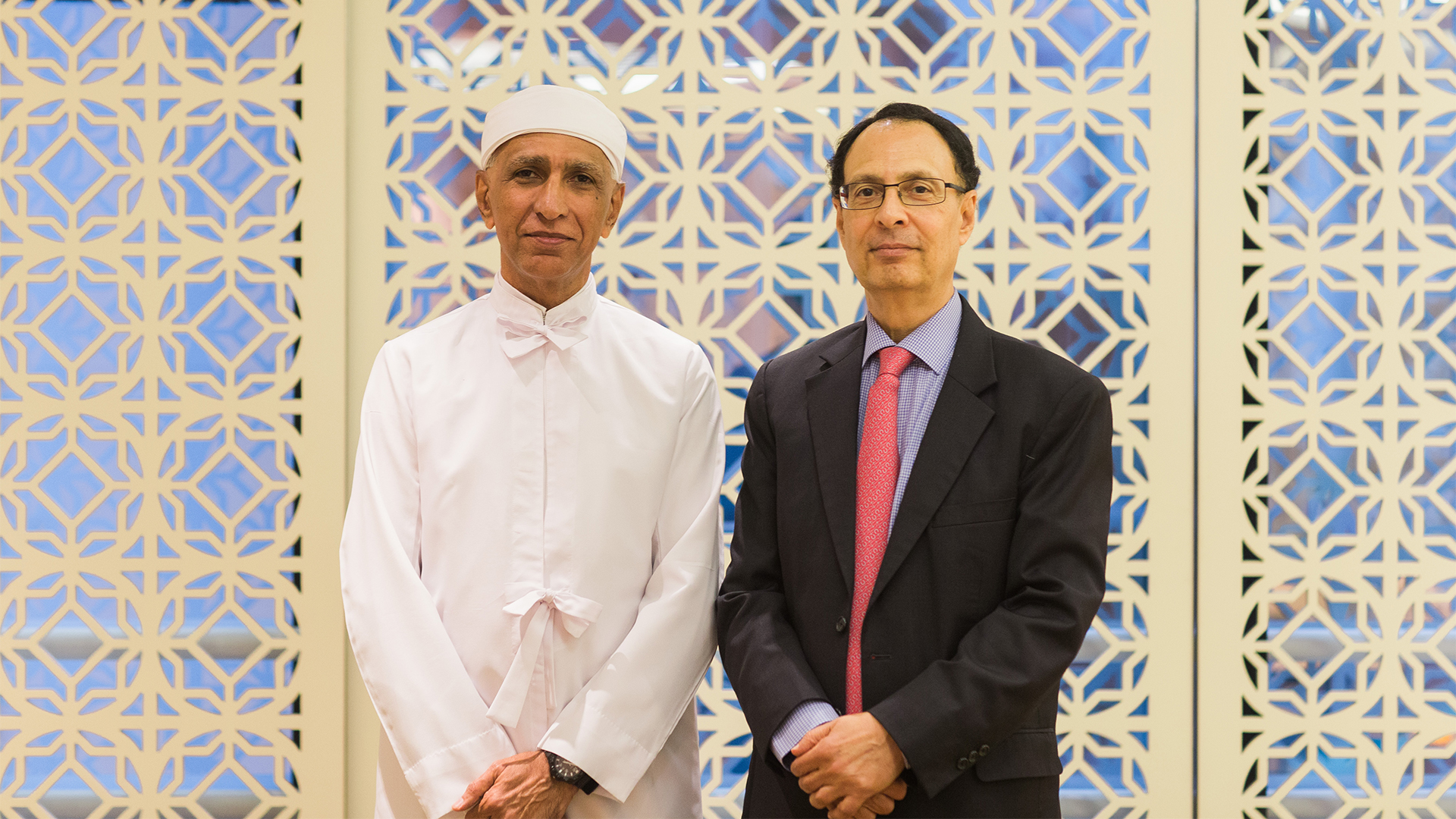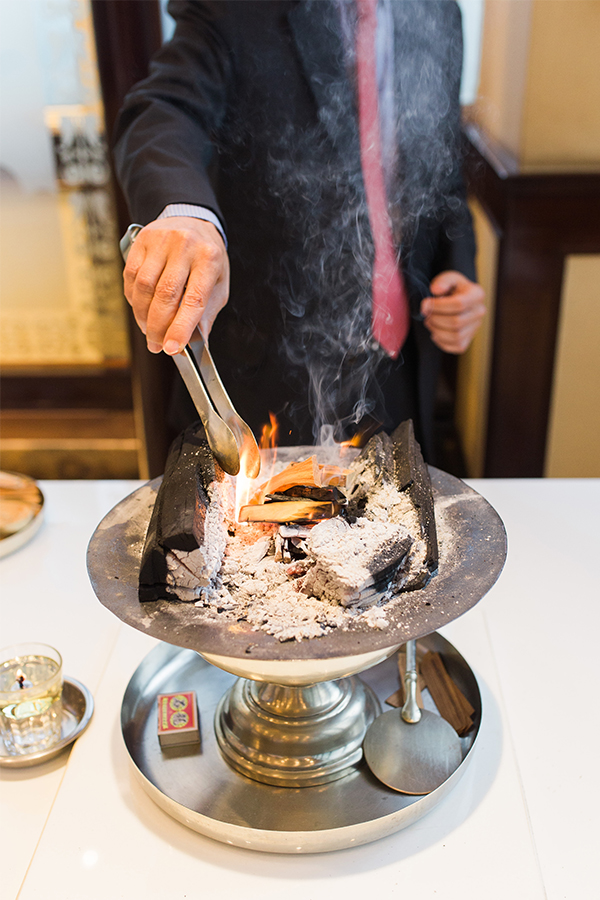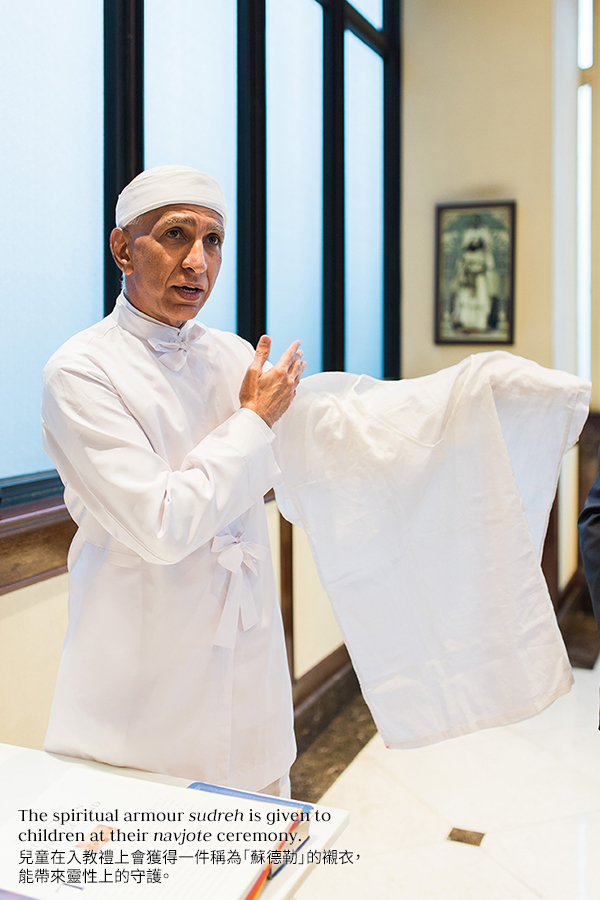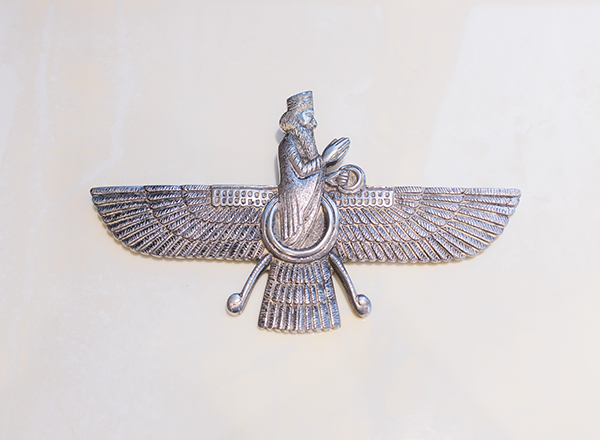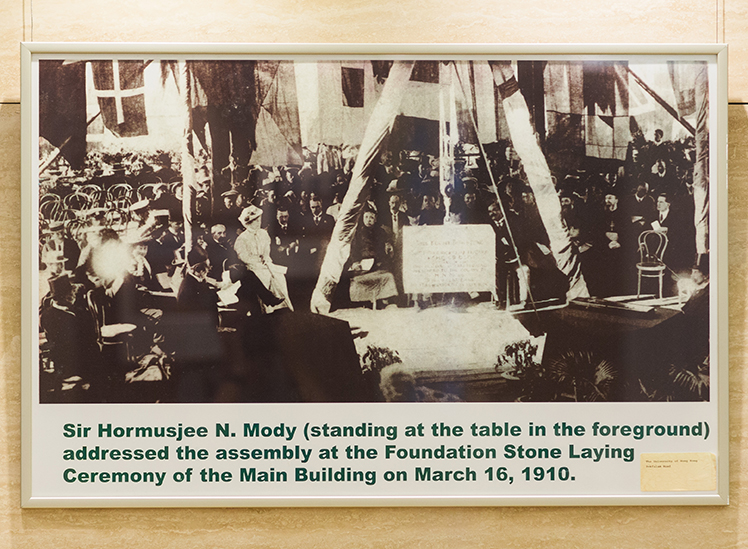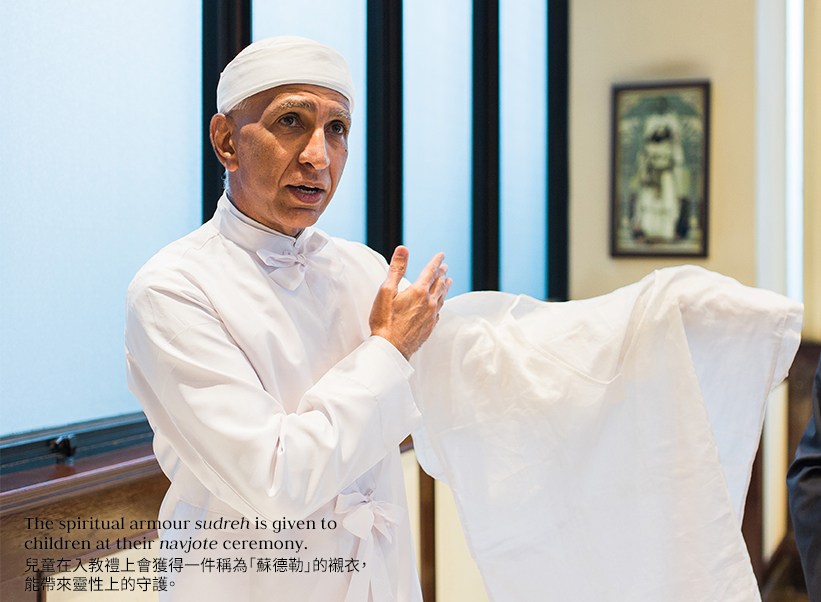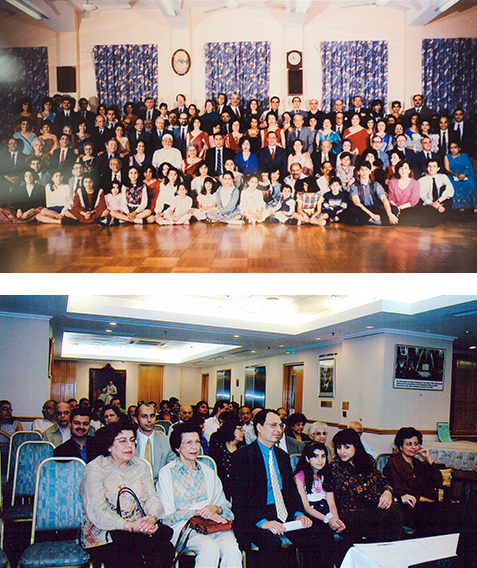“Despite our small number, our community has made a huge impact on Hong Kong. There’s so much amazing history here.”
Many people are also unaware that the Parsi community has been integral in shaping the Hong Kong we live in today. Ervad Homyar recalls encountering a group of students at Hong Kong University who had no idea that the university they go to was initially funded by Sir Hormusjee Naorojee Mody, a Parsi merchant. “October 12 is Sir Mody’s birthday, so I went to pray at his bust in the University of Hong Kong’s main building. Students walking past had no idea that this was a statue of someone who had contributed so much to their education,” he says.
Mody Road in Tsim Sha Tsui was named after him, much as the Ruttonjee Hospital still bears the name of its founder, Jehangir Hormusjee Ruttonjee. Dorabjee Mithaiwala founded the Star Ferry in 1888. In fact, many of the streets and buildings in Hong Kong still bear witness to the influence of the Parsi community in Hong Kong: Kotewall, Bisney and Parekh among others.
“Despite our small number, our community has made a huge impact on Hong Kong,” says Neville. “There’s so much amazing history here. Our community was very entrepreneurial from the start, coming to Hong Kong by sailing boats and perishing in typhoons — that’s how adventurous they were,” he explains.
